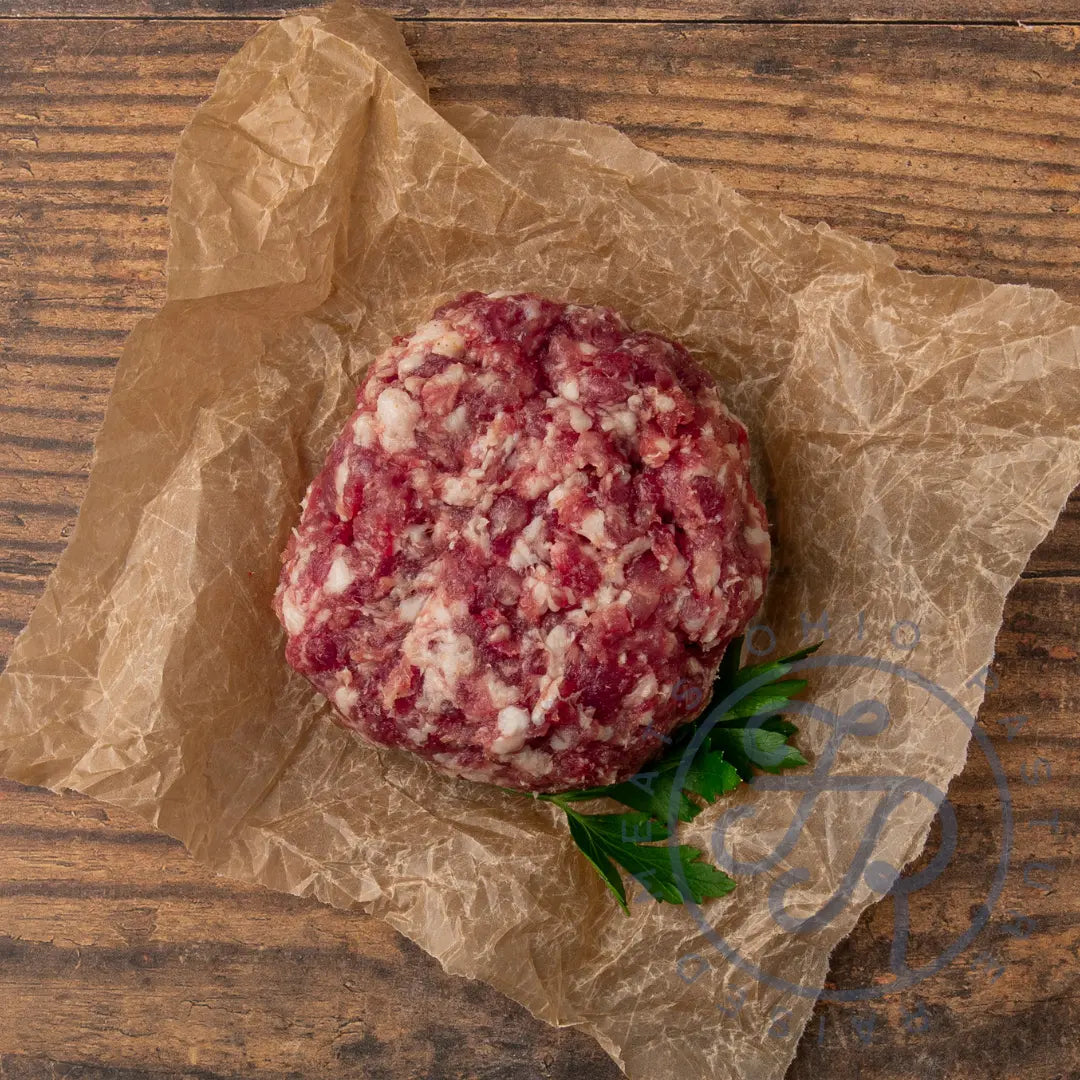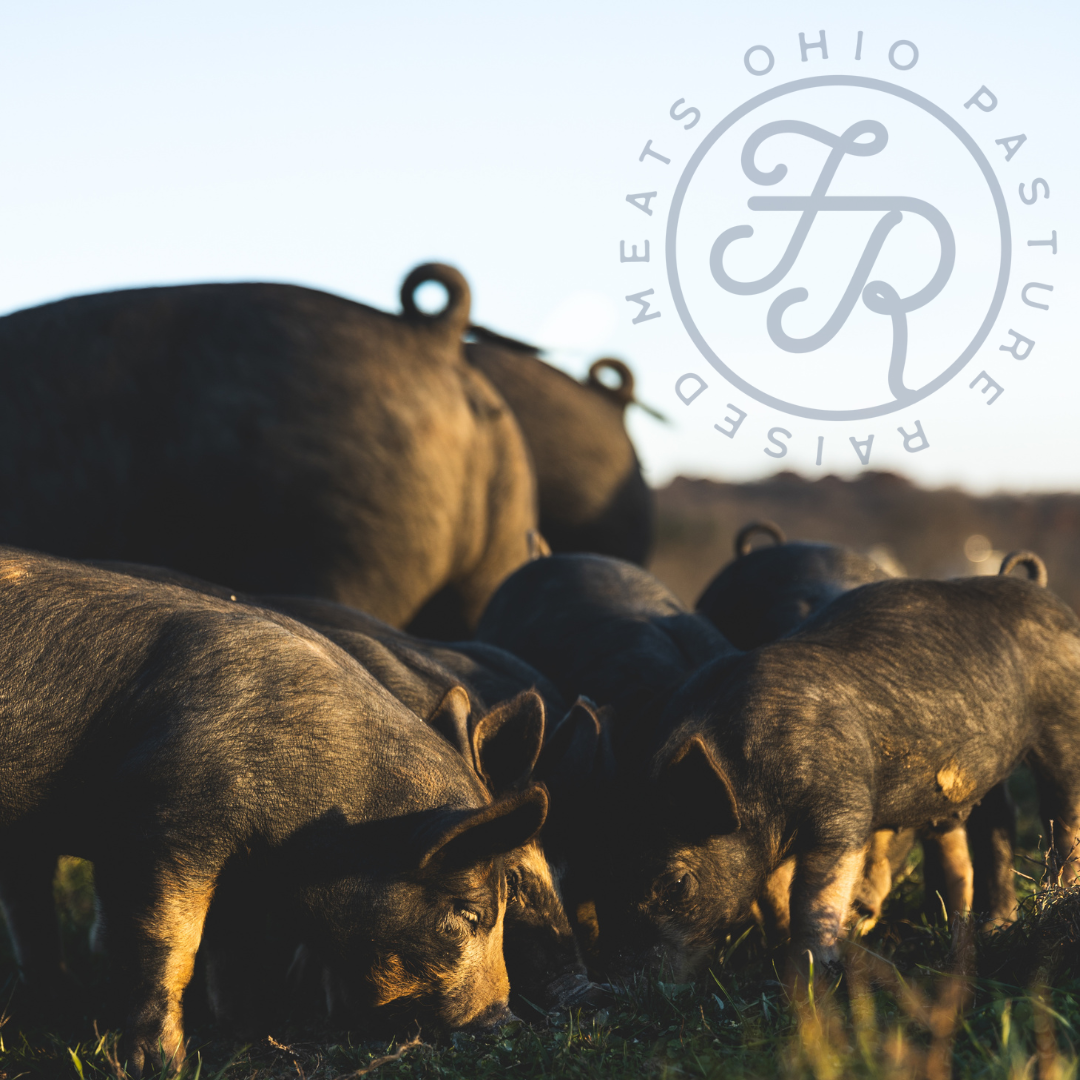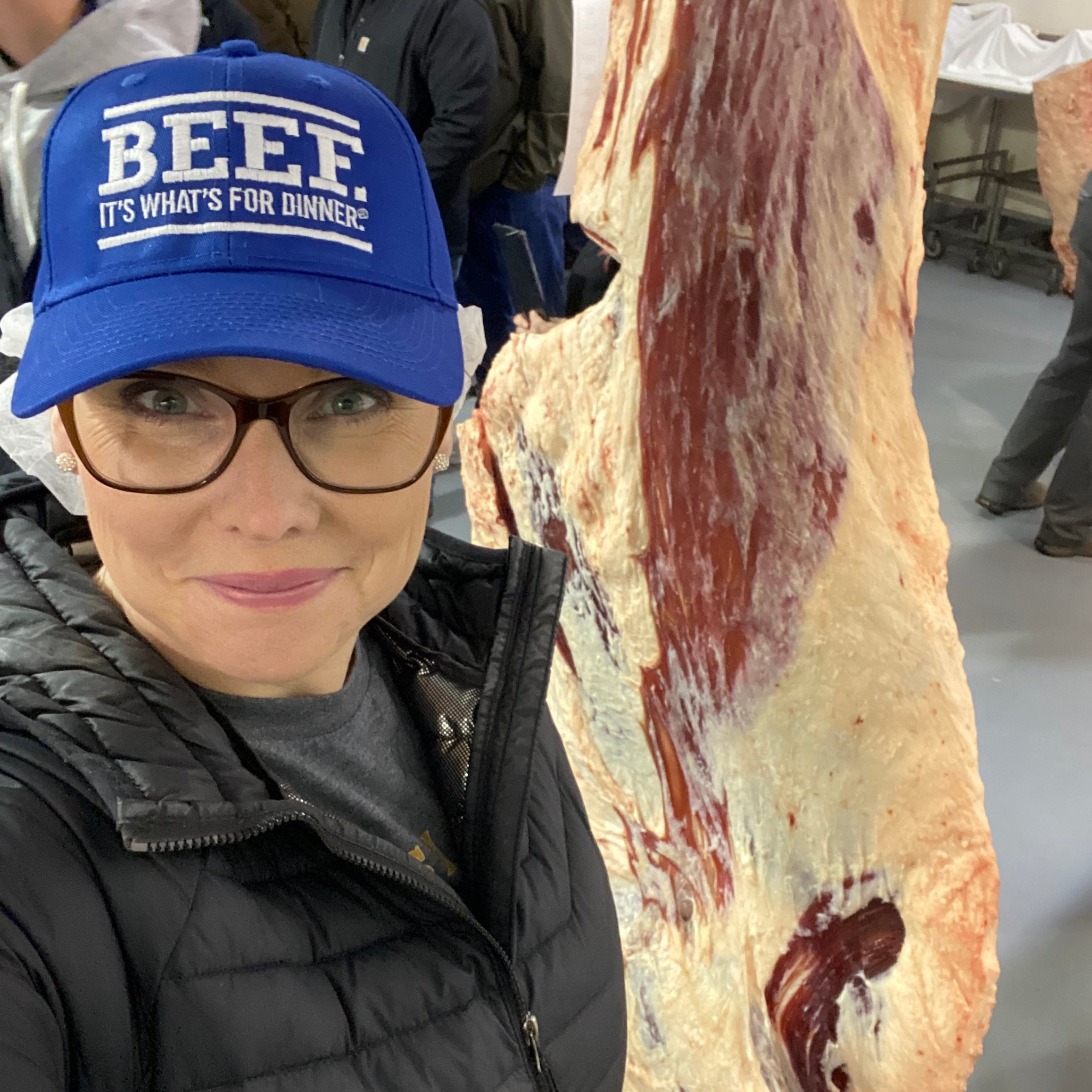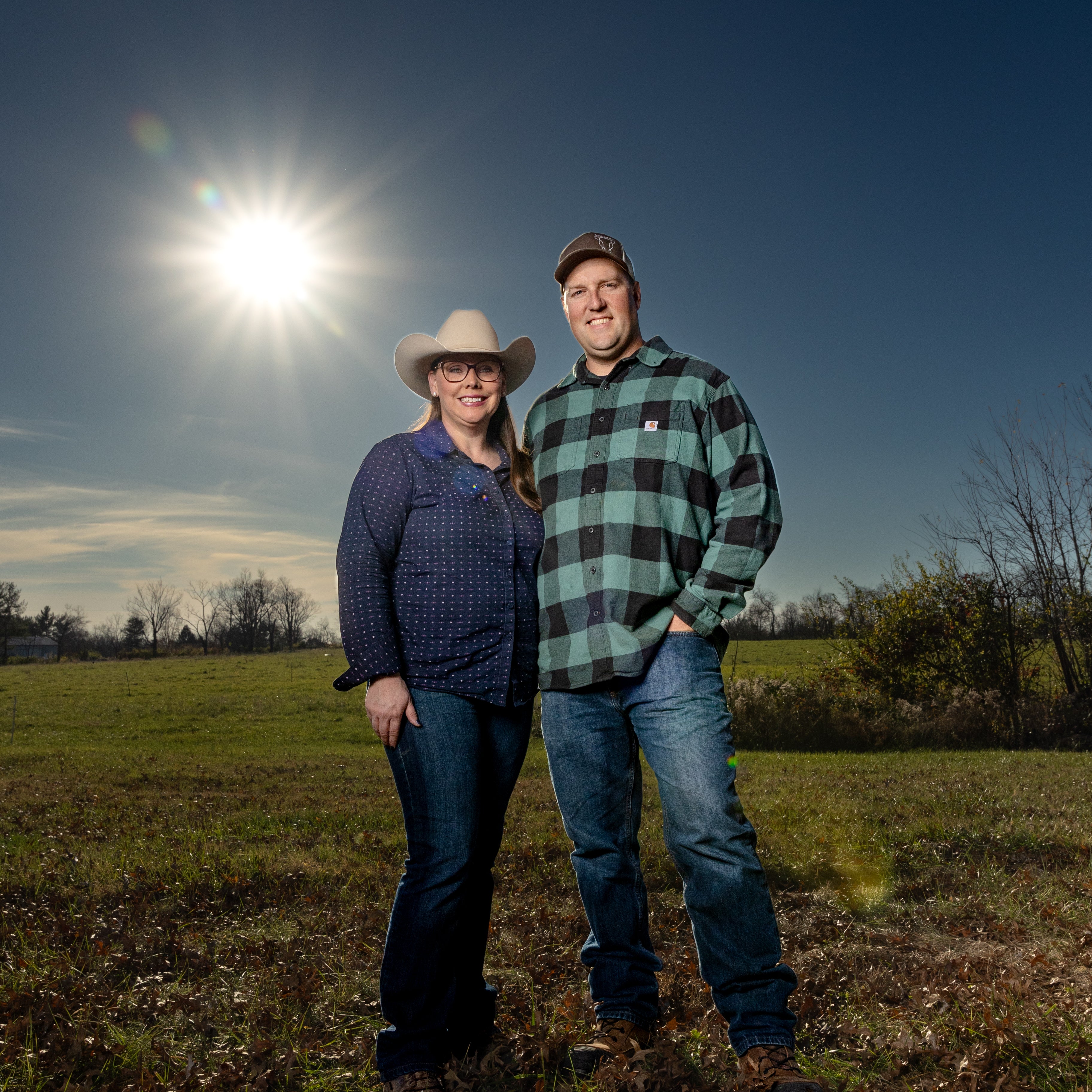As seen in OhioFarmer Magazine
https://www.farmprogress.com/management/building-a-brand
When Josh and Sarah Ison look out over their family farm, they can see plenty of work that needs to be done.
“It’s more of a construction zone than a farm,” Josh says, as he points out a manure storage barn that’s under construction and the future location of a cattle handling system. In addition to facilities they’re building at the farm, the Isons are busy building a customer base for their beef brand, Cincy Beef.
The Isons — who farm in Clermont County, Ohio, with Sarah’s parents, Jamie and Leah Hazenfield — wanted to create their own enterprise by expanding on the existing grain farm and cow-calf operation. They decided to feed out the calves born on the farm and sell the beef directly to customers in the Cincinnati area.
They knew selling freezer beef in their own neighborhood would be difficult, Sarah explains. “In this community, everybody has cows or their neighbors have cows.” However, in nearby Cincinnati, they’ve found eager buyers for individual cuts of beef.
Josh and Sarah both grew up in southern Ohio before moving to Texas for college. They each have a doctorate from Texas Tech University in animal science and have off-farm careers in addition to farming. Josh deals with animal health and nutrition products for BioWish Technologies, and Sarah works as a food safety and research consultant. After completing their degrees, they knew they wanted to head back to Ohio so they could raise their children near family, Josh says. And they wanted a farm upbringing for their daughter, Thea, age 3, and son, Deklan, who’s one and a half.
Niche marketing
To sell beef in individual cuts, the Isons need to have the meat processed at a fully inspected facility that offers slaughtering and processing for resale meat. Their processing is done across the Ohio River at Trackside Butcher Shoppe in Campbellsburg, Ky., which is fully inspected by the USDA.
The processor is good at providing them with a list of cuts from each animal, and they’ve put together a cloud-based inventory system using the computer platform Airtable, which combines the features of a spreadsheet and a database. The system helps them keep track of how many packages of each cut they have on hand and the sizes of the packages; entering data for each package is still a chore for both of them, however, says Sarah. “Josh reads it off, and I put it in the computer.”
Having complete data on each cut is important to keep track of inventory as they make sales. It also allows them to evaluate the quality and yield from individual animals, says Josh. “It gives us really good traceability.”
By monitoring yield grades and other factors, they can track the genetic lines in the herd that are providing the best performance, and make breeding and culling decisions accordingly, he explains.
They’re aiming for high-choice quality grades and consistency in finished animal size, adds Sarah. “We want consistency for the herd and the product we’re producing.”
In addition to the USDA inspection, Trackside Butcher Shoppe provides vacuum-sealed packaging, so meat is visible through the package. That’s important for sales of individual cuts, explains Sarah. “Customers want to see it.”
They also want to know how the beef is produced, adds Josh. “People are so interested in hearing our story about what we’re doing, and why we’re doing it.”
Frozen beef storage
Besides having their beef processed at a USDA-inspected facility, the Isons have a warehouse permit from the Ohio Department of Agriculture that allows them to store frozen beef until it is sold. They’re required to use freezers that meet commercial food safety standards. They are also required to have a mobile retail license from their local health department to sell at farmers markets. One of Clermont County’s requirements is that they constantly provide power to the freezers they use to haul meat to the markets, notes Sarah. However, she adds, requirements vary from county to county. “Every county in the state is completely different.” A producer typically gets a permit from the county where the farm is based. Then, if products are sold in other counties, the other health departments generally honor the home county permit — but, it’s best to check with each county to be sure of requirements, she explains.
Last year, the Isons sold their Cincy Beef at the Mount Washington Farmers Market and the O.F.F. Market, a combination farmers and crafters market held monthly in Cincinnati’s Oakley neighborhood. During the winter months the O.F.F. Market is held at the Mad Tree Brewery. Their beef is also available at the Sweet Felicity Bake Shop in Felicity, Ohio, and online through their farm website, cincybeef.com. This year, they’ll be selling beef at the WestSide Market in Cincinnati as well. Those market outlets give them access to urban consumers who are interested in high-quality, locally raised meat, explains Josh.
Often, they’ve noticed, it’s the husband or dad in a family who is most attracted to their market displays of beef, Josh adds. “You see couples walk by and you’ll see the husband eyeing it. Then they’ll bring their wife back to look.”
Keck writes from Raymond, Ohio.





Mark on Mar 30, 2024
Was referred to you by a relative.
My question is at what age (how old) are cows sent to butcher?